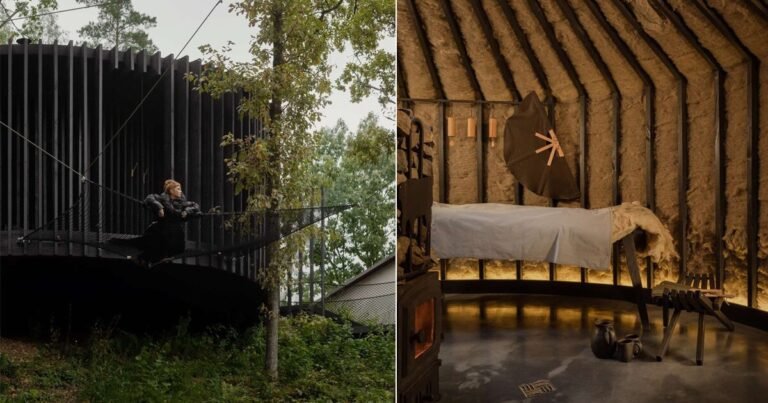NYC receives $7 million federal boost for greenway projects in underserved communities
New York City Mayor Eric Adams announced earlier this week that the city has been bestowed with a $7.25 million Rebuilding American Infrastructure with Sustainability and Equity (RAISE) grant from the U.S. Department of Transportation (USDOT) that will be earmarked for the development of a comprehensive greenway vision plan—the first of its kind in over three decades—focused on the funding and future building out of new car-free transit corridors dedicated to walking and cycling across all five boroughs. As detailed by the Mayor’s Office, priority will be given to projects located outside of Manhattan within low- and moderate-income communities.
Adams noted in a press release that the federal grant funding will “help us do the necessary planning to make the city greener and more bike-friendly in the communities that most need that infrastructure.” The grant application was prepared by the New York City Department of Transportation (NYCDOT), the New York City Economic Development Corporation (NYCEDC), and NYC Parks, all of which will serve as the key agencies in funding and implementing these future corridors, which would complement existing NYCDOT’s existing on-street bike lanes and open green spaces managed by the parks department.
“Greenways provide connections between parks and serve as vital resources for recreation and transportation, and this grant funding will allow us to create the comprehensive plan needed to equitably improve and expand the greenway network citywide,” stressed NYC Parks Commissioner Sue Donoghue.
The city will kick off the vision plan by identifying five “Early Action” corridors, all located in, as mentioned, historically underserved neighborhoods. Once these corridors are identified, the city will carry out “robust planning studies for each to prepare the projects for funding and implementation,” the Mayor’s Office explained. The city will work in close collaboration throughout the process with community members, advocates, and key stakeholders, including the NYC Greenways Coalition. Although these priority corridors are not detailed in Adams’s announcement, AMNY has pointed out that potential areas, as identified on a map submitted as part of the city’s grant application, include an extension of Brooklyn’s Eastern Parkway into Brownsville, an extension of the Jamaica Bay Greenway into southeast Queens, a new greenway along the Harlem River in the Bronx, and a greenway for the North Shore of Staten Island.
The news of RAISE grant funding for the greenway vision plan comes on the heels of Adams’s nearly $48 million investment in improvement projects at established greenways, namely ones in central Queens and along the shoreline of southwest Brooklyn, though NYC Parks’ Destination Greenways! plan. What’s more, the city is working to “fill five key gaps” along the Manhattan Waterfront Greenway in Inwood, Harlem, East Harlem, and East Midtown; spanning from East 53rd Street to East 61st Street, the East Midtown Greenway project is slated for completion in 2023.
New York isn’t the only major city in recent days to announce pedestrian and cycling infrastructure efforts that will receive a critical boost thanks to RAISE. In Chicago, $20 million in federal grant funding will be used to ensure the completion of the Englewood Nature Trail, a proposed rails-to-trails project stretching nearly 2 miles through the city’s South Side. “This equity-focused investment in the Englewood community will serve as a major catalyst for revitalization,” said Chicago Mayor Lori Lightfoot in a press announcement. “The Englewood Nature Trail is both a physical connector and pathway to community connectivity and opportunity. The trail, which was importantly developed as part of a community-led process, will benefit Englewood residents for years to come.”



